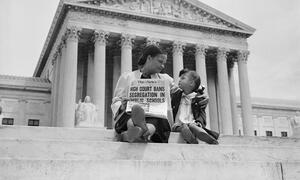article
Connecting the ‘Brown’ Decision to Today’s Social Justice Movement

Teach the Supreme Court’s decision in 'Brown v. Board of Education of Topeka' in all its complexity and relevance to the ongoing movement for inclusive education.


